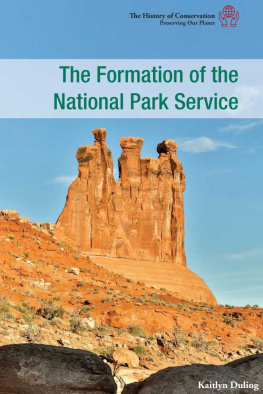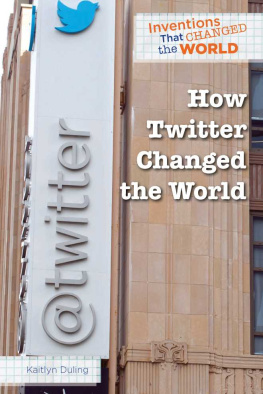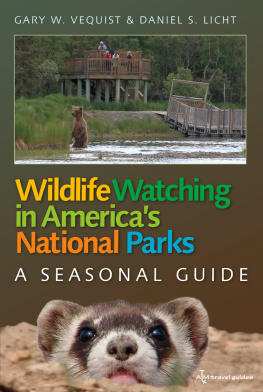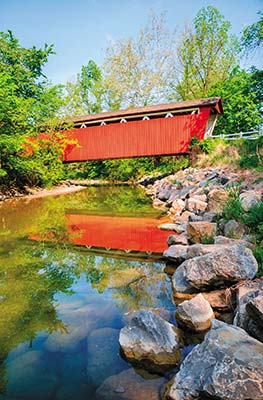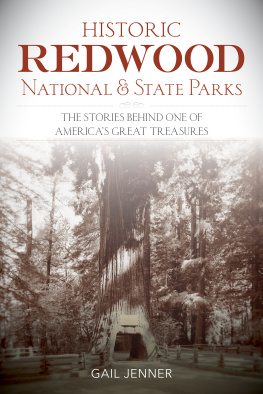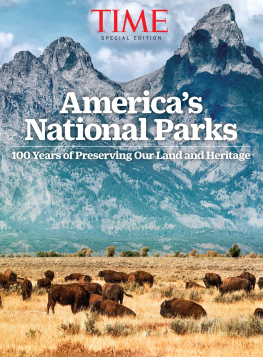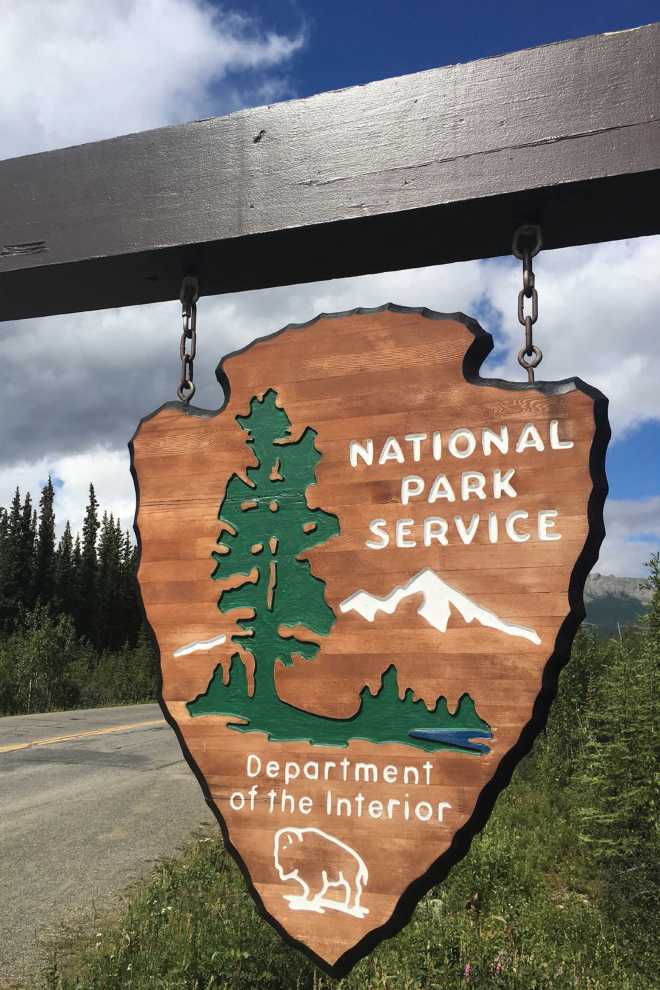- Chapter 1
Starting the NPS - Chapter 2
The NPS from the 1990s to Today - Chapter 3
The NPS and Society - Chapter 4
Challenges Faced Then and Now - Chapter 5
The Legacy of the NPS
Published in 2018 by Cavendish Square Publishing, LLC
243 5th Avenue, Suite 136, New York, NY 10016
Copyright 2018 by Cavendish Square Publishing, LLC First Edition
No part of this publication may be reproduced, stored in a retrieval system, or transmitted in any form or by any meanselectronic, mechanical, photocopying, recording, or otherwise without the prior permission of the copyright owner. Request for permission should be addressed to Permissions, Cavendish Square Publishing, 243 5th Avenue,
Suite 136, New York, NY 10016. Tel (877) 980-4450; fax (877) 980-4454.
Website: cavendishsq.com
This publication represents the opinions and views of the author based on his or her personal experience, knowledge, and research. The information in this book serves as a general guide only. The author and publisher have used their best efforts in preparing this book and disclaim liability rising directly or indirectly from the use and application of this book.
All websites were available and accurate when this book was sent to press.
Library of Congress Cataloging-in-Publication Data
Names: Duling, Kaitlyn, author.
Title: The formation of the National Park Service / Kaitlyn Duling.
Description: New York : Cavendish Square Publishing, 2018 |
Series: The history of conservation: preserving our planet | Includes bibliographical references and index.| Audience: Grades 9-12.
Identifiers: ISBN 9781502631305 (library bound) | ISBN 9781502631312 (ebook) Subjects: LCSH: United States. National Park Service-Juvenile literature. | United States. National Park Service--History--Juvenile literature. | National parks and reserves--Juvenile literature.
Classification: LCC SB486.D85 2018 | DDC 333.72--dc23
Editorial Director: David McNamara Editor: Kristen Susienka Copy Editor: Rebecca Rohan Associate Art Director: Amy Greenan Designer: Lindsey Auten Production Coordinator: Karol Szymczuk Photo Research: J8 Media
The photographs in this book are used by permission and through the courtesy of: Photo credits: Cover Efrain Padro/Alamy Stock Photo; p. 4 Santiparp Wattanaporn/Shutterstock.com; p. 7, 9, 93 U. S. National Park Service; p. 8 Jim David/Shutterstock.com; p. 10 GraphicaArtis/Hulton Archive/Getty Images; p. 14 Maslyar,Brian/Photolibrary/Getty Images; p. 18 Wikimedia Commons/File:Mr. Woodrow Wilson.jpg/Public Domain; p. 21 Corbis/Getty Images; p. 26 Ken Wolter/Shutterstock.com; p. 29 ModernNomads/Shutterstock.com; p. 32 IrinaK/Shutterstock.com; p. 34 Morten Falch Sortland/Moment Open/Getty Images; p. 37 Wim Wiskerke/Alamy Stock Photo; p. 44 ljh images/Shutterstock.com; p. 46 Robert C Nunnington/Gallo Images/Getty Images; p. 52 Kevin Bacher/NPS/Wikimedia Commons/File:Northwest Youth Corps at Mount Rainier National Park 2016 -6I8A7258.jpg/CC BY 2.0; p. 54 Trekandshoot/Shutterstock.com; p. 58 Geoff Livingston/Moment Unreleased/Getty Images; p. 61 Arterra/UIG/Getty Images; p. 64 Al Seib/LA Times/Getty Images; p. 68 U.S. Fish and Wildlife Service Southeast Region/ Wikimedia Commons/File:Haywood Community College students planting spruce trees(10344525523).jpg/Public Domain; p. 72 Eric Gregory/Lincoln Journal Star/AP Images; p. 74 Eva Russo/Richmond Times-Dispatch/AP Images; p. 78 Oomka/Shutterstock. com; p. 81 Peter Amend/Image Source/Getty Images; p. 82 YELL 199657: postcard, circa 1960, produced by Intermountain Tourist Supply, Inc., Courtesy National Park Service/Yellowstone National Park Library; p. 85 Christian Science Monitor/ Getty Images; p. 90 Education Images/UIG/Getty Images; p. 95 NPS Natural Resources/Wikimedia Commons/File:Biodiversity Youth Ambassadors. NPS Photo. (17679207338).jpg/CC BY 2.0; p. 98 John and Lisa Merrill/Corbis/Getty Images.
Printed in the United States of America
Opposite: This sign welcomes people to the NPS. The NPS is a bureau of the US Department of the Interior, a cabinet-level agency.

T he smell of fresh flowers, the sound of rollicking streams. The humid air of the Everglades. The deep, wide allure of the Grand Canyon. Without the National Park Service (NPS), these and hundreds of other national treasures may not be accessible. In fact, without the organization, they might not exist at all. For more than one hundred years, the NPS, an agency of the United States federal government, has managed each national park, as well as national monuments, battlefields, preserves, seashores, lakeshores, and other properties. Additionally, the NPS maintains the National Register of Historic Places, providing grants that help to identify, evaluate, and protect historic places. More than 275 million people visit national parks each year, and that number continues to grow. It is the job of the National Park Service to safeguard the lands that are so loved by US citizens, as well as visitors from around the globe.
Understanding the NPS
The mission of the National Park Service, according to the agency, is to preserve unimpaired the natural and cultural resources and values of the National Park System for the enjoyment, education, and inspiration of this and future generations. The Park Service cooperates with partners to extend the benefits of natural and cultural resource conservationand outdoor recreation throughout this country and the world. It partners with more than 150 nonprofit associate groups, the National Park Foundation, and more than seventy-one cooperating organizations in order to ensure that animals and wildlife are conserved and the nations parks are properly funded and protected for future enjoyment.
The Importance of National Parks
National parks not only serve as gathering places for recreation, but they are valuable educational tools, stunning examples of natural beauty, and homes for some of Earths most precious creatures. The parks contain giant sequoias, the worlds largest. Together, they have over 18,000 miles (28,968 kilometers) of hiking trails, at least 247 species of threatened or endangered plants and animals, and almost 27,000 historic structures. In the national parks, you can find over 400 miles (644 km) of mapped caves. You can encounter the worlds largest carnivorethe Alaskan brown bear. And you can tilt your head back to witness the peak of the tallest mountain in North America, Denali, which reaches 20,310 feet (6,190 meters) into the air. The parks are spread out across the United States, and they each have their own unique character.
The parks, though they reach from the deserts of the far West to the southern coastlines of Florida, are meant to be enjoyed by all people. That includes US citizens and global travelers, who help promote these sites by visiting them each year. Though their beauty is often highlighted, the parks are much more than a pretty view. They are protected regions for plants and wildlife, educational destinations for children and families, and centers of recreation.

